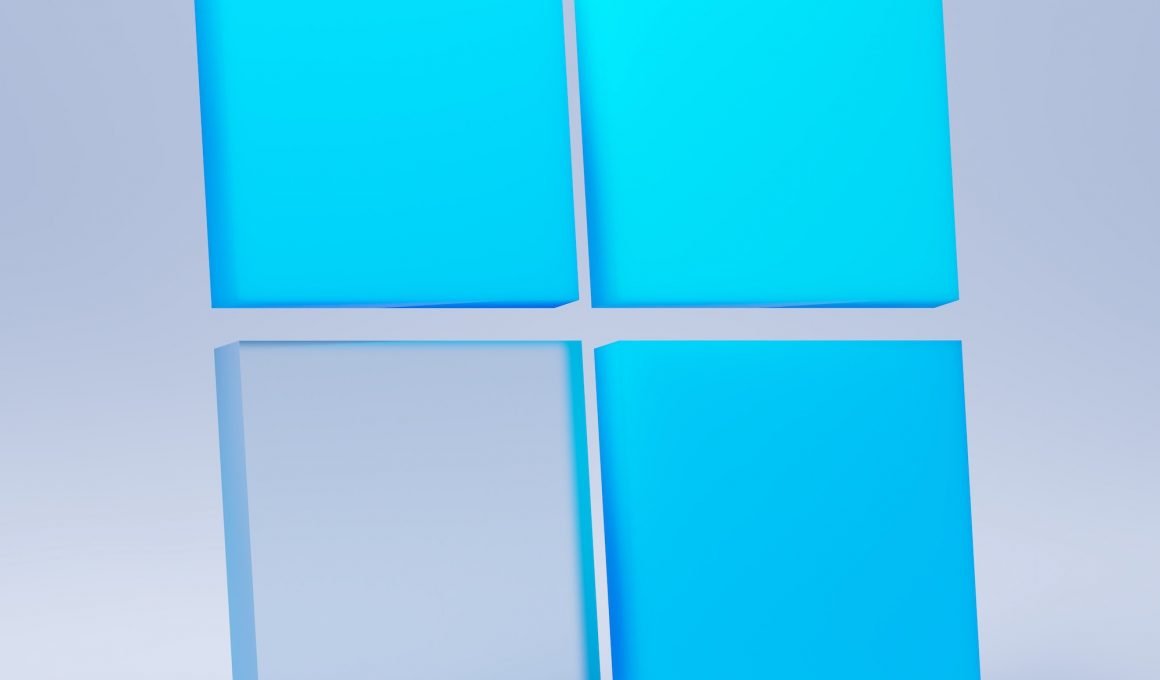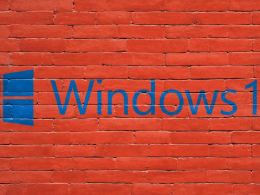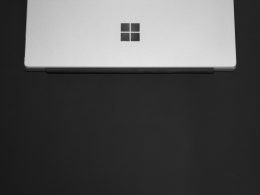Microsoft Windows may seem simple, but there are still plenty of features that many people aren’t aware of and don’t use to their full potential. Here are ten ways you can start to get the most out of Microsoft Windows today.
Install Important Updates as Soon as They are Available
Microsoft releases critical security updates, but not all people take advantage of them. If a critical update becomes available and you don’t install it, hackers could target your system and cause irreversible damage. We recommend installing any new updates as soon as they become available. The more up-to-date your operating system is, the more secure it will be.
Delete Unused Programs
It’s easy for programs on your computer to pile up, so regularly taking some time to delete unused programs can keep your system running smoothly. To do this in Windows 10, head over to the Start menu and click on Settings. In the settings window that pops up, go ahead and click on Apps. The Apps window lists all of your currently installed programs and should provide an indication if they are still in use or not.
Change the Location Where You Save Files
When saving files on your computer, it’s a good idea to save them in folders. If you don’t set up new folders, your hard drive can quickly fill up with every file saved on your desktop or in your downloads folder. Also, put all related files into one folder so that they can be found easily later. You can create multiple folders and then open any desired folder from the left side of the screen by clicking on its name.
Reduce the Number of Items in your Startup Folder
Create a New Folder. Right-click on your Startup folder and select Show Contents. Rename your New folder to Startup 2 by right-clicking and selecting Rename. Go ahead and copy the items that are currently in your Startup folder into the new Startup 2 folder, which is now at the top of your list. Now remove anything in the original Startup folder so it’s empty.
Pin Most Used Programs to Start Menu
Your Start Menu shows your 10 most used programs. Pinning a program will ensure that it appears in this list at all times. To pin a program, find the shortcut or program on your desktop and right-click it. You should see Pin to Start as an option when you hover over it, so select that option.
Organise Desktop Icons
Moving desktop icons around may seem like a very basic task, but it can make all the difference in whether your screens are organised and productive. Try these tricks to organise your desktops better:
-Try minimising windows as they open so they’re only one click away.
-Create different desktop backgrounds for specific tasks (work, recreation, hobbies). -Reduce clutter by adding fewer programs onto each desktop.
Delete Temporary Files from PC and Browser
It is a good idea to clean up your temporary files as much as possible. To do this, open Run by pressing Win + R on your keyboard. In the text box that appears type %temp% and then click OK. This will open a folder with temporary files from your PC and browser. Now go through each folder and delete anything that is not needed. It’s also a good idea to run CCleaner periodically so it can take care of other leftover data for you.
Backup Files Regularly. Store in Two Places at Least
The easiest way to protect your files from catastrophe is by backing them up on a regular basis. Backing up files regularly and storing at least two copies of your files is best practice for any computer user, but it’s especially important for those who work with critical or confidential information. There are several solutions available to back up your files including online storage, removable media like DVD and thumb drive, or by attaching an external hard drive.
Keep Your Antivirus Updated
If your computer is constantly being blocked by viruses and other malware, you may need to update your antivirus software. However, if the virus is too severe for this level of protection, it’s best to consult a digital product consultancy for assistance. These professionals are experts in dealing with malware and can even teach you how not to become infected again in the future. They’re also great resources for learning about new threats before they happen. For example, they might be able to tell you that so-and-so’s website will soon be infected with malware because there’s been an increase in traffic from that site over the past few weeks.
Some signs that your antivirus software needs updating include messages that say the definitions are up-to-date or your software is fully updated.
Switch from Edge Browser To Chrome Or Firefox
If you are having problems with your computer, it is more than likely that a browser extension has hijacked your browser. Switching browsers will let you run anti-malware software to scan and remove any unwanted extensions that may be causing the problem. This is an easy fix for anyone who doesn’t want to spend hours reinstalling and scanning their operating system for malware or other unwanted files.Search for free antivirus software such as Avast, AVG or ESET. These can be downloaded onto your computer to keep you safe from cyber criminals. You should also install some form of firewall protection to keep hackers at bay. A lot of people think that if they don’t visit risky websites, then they won’t have anything to worry about. However, there are many hacking techniques used today which can target even people who stay away from popular sites like Facebook and Twitter.










